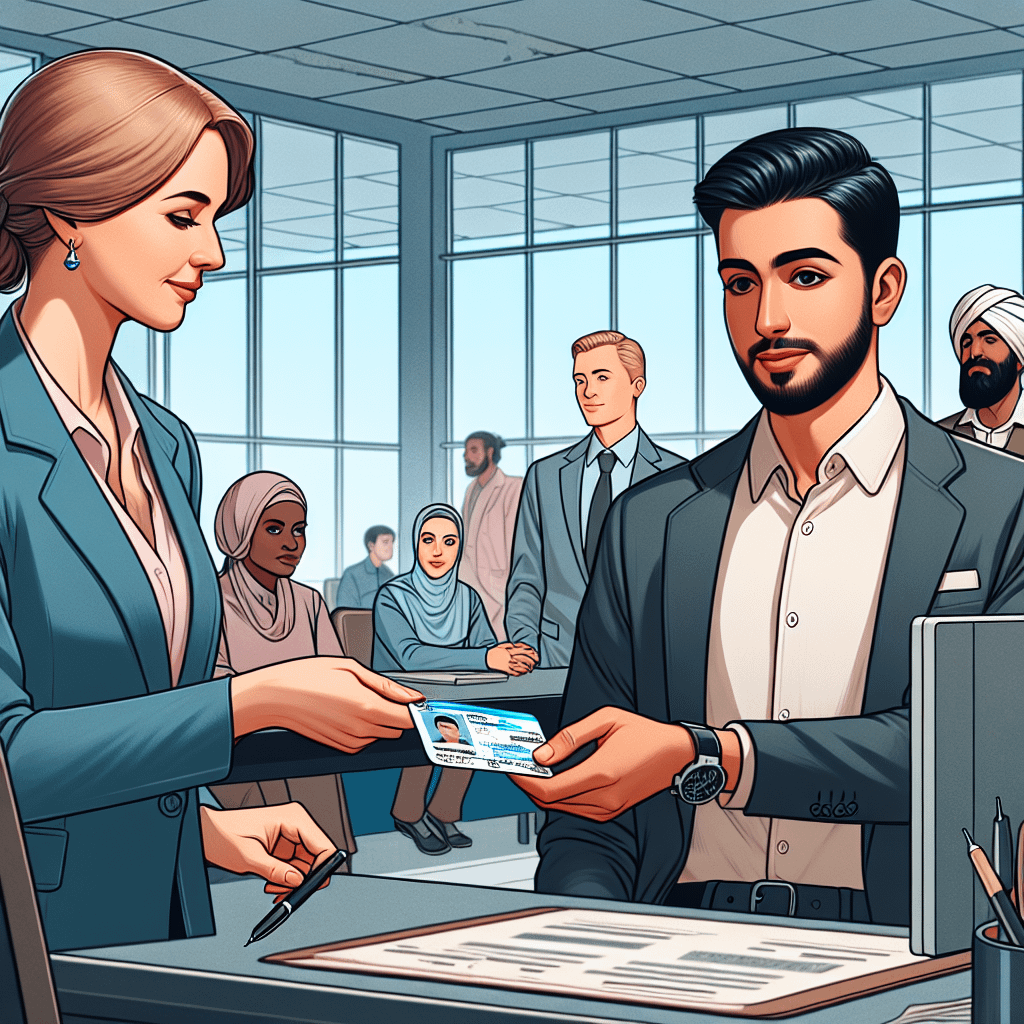Losing your driver’s license can feel a bit like losing your keys—suddenly, you’re stuck without an easy way to get where you need to go. But don’t worry, there is a way to manage this situation: a temporary driving permit. This can be a real lifesaver in maintaining your daily routine while you work to get your full driving privileges back. Let’s walk through how you can obtain a temporary driving permit if you find yourself in this predicament.
Understanding the Situation
First, it’s important to understand why your license is lost. Did you misplace it, or was it taken away due to a violation? The process for obtaining a temporary permit might differ depending on the circumstances:
1. Lost or Misplaced License: If your license is simply lost or misplaced, obtaining a replacement is usually straightforward. Most states allow you to apply for a replacement online or in person at the Department of Motor Vehicles (DMV). In many cases, you can also get a temporary permit while waiting for your new license to arrive.
2. Revoked or Suspended License: When a license is suspended or revoked due to legal issues, like a DUI or excessive traffic violations, getting a temporary permit becomes more complex. In these situations, temporary permits, often called “hardship licenses,” are designed for essential travel, such as getting to work or school.
Applying for a Temporary Driving Permit
The application process can vary by state, so it’s crucial to check the specific requirements of your state’s DMV. Here are some general steps to guide you:
1. Check Eligibility
Before applying, ensure you meet the eligibility criteria for a temporary permit in your state. Typically, eligibility might require:
- A valid reason for needing the permit, such as employment or medical appointments.
- Completion of a period of suspension (for example, sometimes a 30-day mandatory suspension period may need to be served before applying).
- Having no further serious traffic violations.
2. Gather Necessary Documents
You’ll need to present documentation to apply for the permit. Commonly required documents include:
- Proof of identity and residency.
- A letter from your employer or school verifying your need for transportation.
- Any court documents relating to your suspension or revocation.
- Proof of insurance.
3. Application Process
Once you’ve confirmed your eligibility and gathered the necessary documents, the next steps typically involve:
- Filling Out an Application Form: This form can usually be found on your state’s DMV website.
- Paying a Fee: A processing fee is often required. It varies by state and sometimes depends on the offense if applicable.
- Submitting Your Application: Submit your completed application form, along with your supporting documents, to the DMV office. Some DMVs allow you to apply online, streamlining the process further.
4. Passing Any Required Tests
In some cases, you might be required to pass a vision test, written test, or even a drug/alcohol awareness course, depending on your situation and the reason for your license suspension.
Practical Tips
- Plan and Act Quickly: Obtaining a temporary driving permit can take some time. Be proactive in dealing with lost or suspended licenses, especially if your ability to drive is essential for your daily life.
- Stay Informed: Regulations and procedures for temporary permits can change. Make sure to visit your state’s DMV website or contact them directly for the most current information.
- Comply with Restrictions: Understand that a temporary permit often comes with limitations. These might include restricted driving times or locations, so stay compliant to avoid further penalties.
Conclusion
While losing your license can disrupt your routine, understanding how to apply for a temporary driving permit can help you keep your life on track. Following the correct procedure and understanding your state’s specific requirements are key to successfully navigating this challenge. Remember, this temporary measure is here to help bridge the gap until you regain full driving privileges. Always ensure you meet the requirements and drive responsibly to maintain your eligibility.








